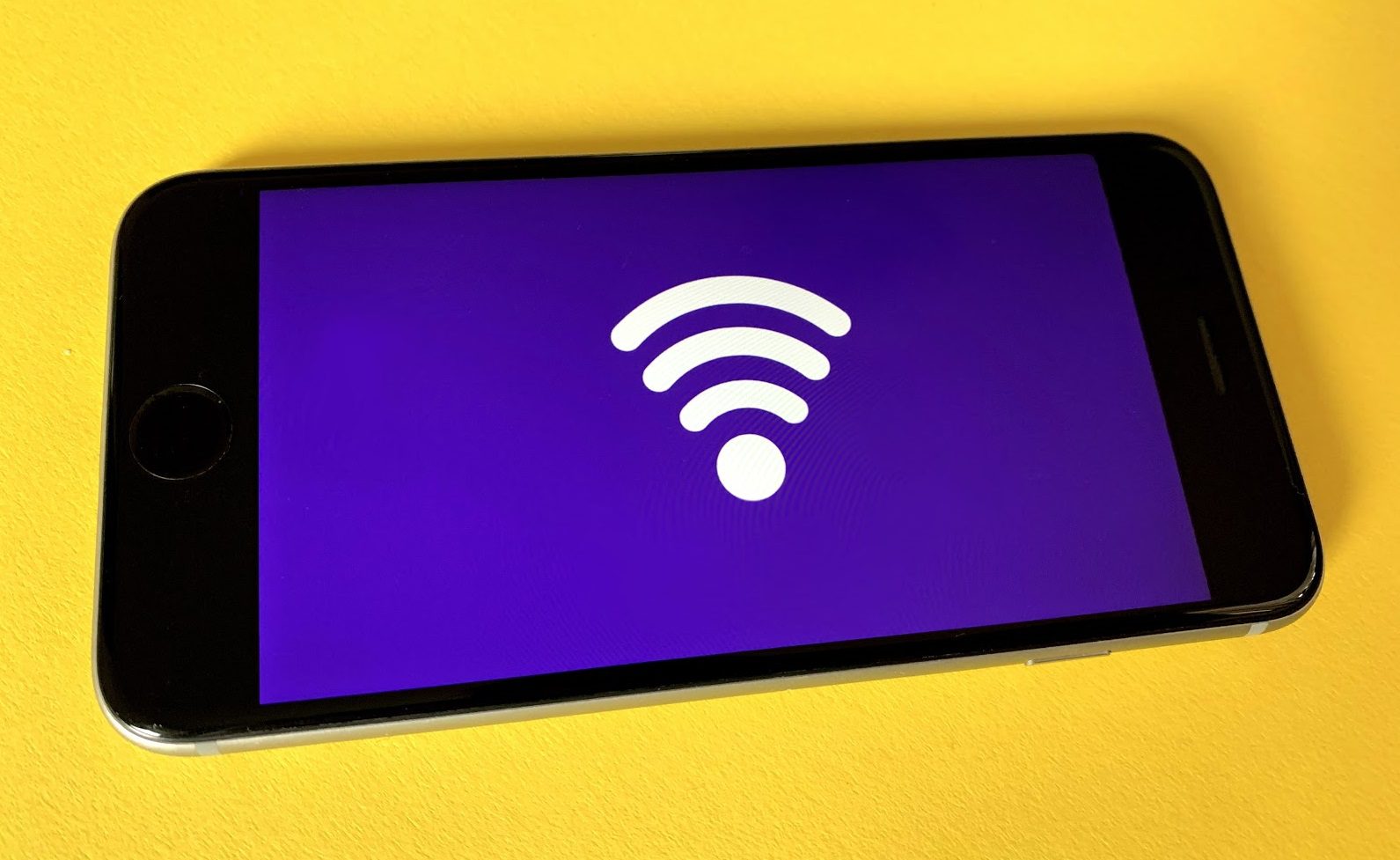
How many times have you needed to call a business to fix a problem? While many of your experiences may have gone smoothly, you likely have run into some issues with using phone support. The long wait times, the constant rerouting, and the occasional dropped call (which required you to start the process all over again), can likely put a damper on receiving customer service help.
Yes, it’s true that a large majority of customers seek customer service help by calling a business, but is it the most effective option? The tide seems to be changing—especially since consumers seek more immediate responses in real-time without having to go through the action of calling in. According to Econsultancy, 79 percent of individuals who prefer using live chat did so because they get their questions answered quickly. Clearly, consumers are interested in alternatives to phone customer service.
As we go through common complaints about phone support, we will offer some techniques to address the issues, including other forms of customer communication that can solve inefficiencies and better engage your audience. These will include a breakdown of how adding live chat and automated chat bots to your website can bring a huge boost to your customer service goals.

Phone support comes with various limitations. While it does increase the engagement factor by facilitating one-on-one support, this also leads to its downfall. Phone agents can only help one person at a time. Compound this with a high call volume, limited hours of operation, and complaints that take a considerable amount of time to solve, and you have a recipe for long wait times and customer dissatisfaction.
Additionally, every problem requires a patient ear and personalized approach—particularly if the customer is talkative. This situation puts the onus on the phone agent to find a way to handle the problem and politely end the call.
These factors lead to customer queues that can cause a significant dip in customer satisfaction. According to a study completed by Call Centre Helper, 60 percent of customers abandoned an attempt to reach out if their call wasn’t answered in less than a minute. Additionally, customer satisfaction fell if wait times were over 90 seconds.
Most customers are unwilling to wait a long time for customer support via a phone call. So what are your options?
The manner in which you offer customer service should solve problems instead of causing more issues. One way to reduce high call volume and wait times is to implement call deflection techniques.
Call deflection reduces the number of calls that come to your phone agents by giving customers an alternative method for getting their questions answered. You can do this by including automated messaging that directs your customers to use self-service options on your website. This call deflection technique encourages your audience to engage with more affordable, faster, and efficient customer support channels, like live chat or chat bots.
While customers are “on hold,” you can peel off some callers by sharing a URL where they can receive immediate 24/7 help. Not only does this reduce call volume, but it also increases customer satisfaction as it gets them to someone who can offer faster support.
Chat bots can provide customer assistance at all hours with no risk of backlog or slowdown during busy periods. You can take advantage of AI and automated technologies by using bots that can interact with customers in real-time. Even when live chat agents are off the clock, these bots can answer customer questions, send resources, or even route a message to a live agent who can handle it once they sign back on.
Chat bots are a better option than a phone call since they give back a precious resource: time. Your customers can receive immediate support without having to wait for the call volume to subside.
Unlike phone support agents, a live chat agent can handle multiple customers at once. Multiple chat conversations at the same time significantly increase efficiency, as skilled agents can bounce between different interactions while waiting for customer input. And in the same way, customers enjoy the freedom to interact with a business via live chat while they are also doing other things.
As indicated above, live chat is even preferred by many customers—especially millennials and Gen Zers who are not fond of phone calls. You may be wondering how to promote this customer support alternative to your audience. An excellent way to start is by informing your customers of this in an email campaign, which can contain a direct link to begin a chat session.
Live chat as a phone support alternative helps customers, but it also benefits your customer service teams, making them more effective at what they do.

Whether you serve a global or local audience, your customers may need advice or support outside of business hours. However, phone support doesn’t come cheap. Providing 24/7 assistance can put a dent in your company budget—even if you are using a call center. There are estimates that outsourcing to a call center can run companies $25 to $65 per hour for each representative.
That cost can be a deterrent. However, a lack of 24/7 customer support means that you are not always available to your audience.
The next issue to consider is the quality and experience of the outsourced staff. Relying on an external call center means that you don’t have direct supervision of your phone support agents. However, choosing to staff up yourself means that you need to go through the time-consuming process of hiring, managing, and providing training for staff, which can also drain your budget.
Lastly, you also have to add in costs for housing multiple business phone lines, voice mail services, and maintaining an Interactive Voice Response (IVR) menu system. These expenses will add up over time.
If you don’t already use an outsourced call center, consider that there are some disadvantages that you should be aware of.
All of these situations can lead to the added expense of losing customers due to dissatisfaction. But if you do use a call center, you can cleverly bypass some of the issues above—including long wait times—by deflecting calls to a chat option on your website. This can be a live human chat agent, an automated chat bot, or a combination of the two.
You can still rely on phone support, but you can satisfy your customers and reduce your costs by adding chat bots as a viable customer support option. For example, chat bots services like those provided by Formilla enable you to pay one flat price each month. You can deflect calls to an AI-enabled chat bot while keeping to your budget each month. Additionally, you don’t have to constantly pay for training or incur the cost of hiring a customer service representative.
You can also save money and time by deflecting callers to other resources. These can be knowledge bases, help forums, video tutorials, your social media account, and FAQs. The goal is to direct customers to platforms where they can get the answers they need more efficiently.
Another way to overcome the cost hurdle of phone support is to utilize live chat agents. Unlike a phone support representative, as mentioned earlier, a live agent can help multiple customers at one time, which increases your ROI. You can even have your live chat agents answer customer questions and handle complaints with a mobile device, ensuring they are not tied to their desks. For example, a solopreneur or small company that sells items on Shopify can designate one person to use a mobile phone to text chat with multiple customers at one time.
You can get the best of both worlds by using both chat bots and live chat agents in combination. The former can screen questions, while the latter can follow-up with customers based on the inquiry or complaint as needed.

Interactive voice response systems (or IVRs) may be practical, but navigating these menus tends to be a slow and all-around inefficient process. Even when customers know what they want, they have to run through a series of button or voice prompts that may or may not offer the selection they need. Additionally, they may mishear an option or select the wrong choice and have to start all over again. An inefficient and poorly created phone menu can result in your customers exiting the process altogether.
So, how do you overcome this common issue?
As with anything, you need to ensure you are following IVR best practices. The top two tips that you should always keep in mind are: embracing simplicity and allowing both voice and touchpad options. Following these two tips alone will likely give you an uptick in customer satisfaction.
Here are a couple of other ways that you can fix a slow and inefficient phone menu to optimize customer support:
If set up correctly—and in combination with call deflection strategies—IVRs can be a helpful resource for your customers instead of an obstacle they need to overcome. These tools should be used to make the customer service experience as straightforward and seamless as possible.

Phone support can suffer from a variety of connection and clarity issues that can derail any plans to connect with customers. Think about how many times you have been on the line with a customer support agent only to run into these common scenarios:
These issues can cause your customers to cancel their account or subscription with you and embrace a competitor. While some of the scenarios above cannot always be avoided, it’s important to have a game plan to address these problems.
There are ways to tackle phone support technical and clarity issues. Here are a few tips that you can implement to solve the problem:
These strategies can help you overcome many connectivity and clarity issues that your customers are facing. Nevertheless, this problem is another one that can also be helped with the use of live chat. This method eliminates many of the challenges related to phone support without requiring extra work on your part. With live chat, there is no need to rely on call quality, background noises aren’t an issue, and customers can interact with live chat agents in noisy environments.
Additionally, regarding language barrier issues, live chat agents or chat bots can route customers to different chat departments depending on their browser language, quickly getting them the help they need in a language they understand. A live chat discussion also makes it easier for agents to use platforms like Google translate to decipher customer dialog and deliver answers in that same language, if fluent speakers aren’t available.
Technical and connectivity issues can be a huge barrier to delivering a satisfying customer service experience. However, the tips above and alternatives like live chat can help you eradicate these issues for good.

There’s just something inefficient about voice mail, whether it’s the disappointment customers feel about having to use it because no one was there to handle their concern or the annoyance customer representatives feel about having to comb through them. The team at Formilla knows these challenges all too well. When our customer support teams call customers back after they have left a message, their inboxes are often full, leading to a dead end.
If you have a business voice mail line, messages can pile up during the weekends and holidays, requiring your team to sort through them and enter the information into a CRM or ticketing system. This slow and time-consuming process takes agents away from actively managing consumer issues. Additionally, tools like automatic transcription aren’t always accurate, which can make that option unusable.
Then, let’s say that your support teams do have the time to call back customers; determining when to do this is challenging for your company and the customers you serve since there is no way of knowing when callers will be available. There’s also the added challenge of actually getting customers to answer their phones, since so many of us are used to ignoring calls from unknown numbers.
You can fix voice mail problems by simply not having a voice mailbox at all—or not using it in the traditional sense. For example, let’s say that you just released a new product that you know will result in high call volume. Instead of having a voice mail system to capture complaints, you can use it to direct customers to send emails— a medium where it will be easier to sort and respond to messages.
Another alternative is to use chat bots outside of “normal business hours.” This tool can offer self-help opportunities through menu-based chat bot options. They can also route an inquiry or message that can then be responded to via email or phone call when an agent is available.
The goal here is to prevent customers from feeling like their requests will never be followed up on while also helping agents avoid going through an arduous voice mail sorting process. Chat bots enable a dynamic follow-up process that benefits both your team and customers.
Ultimately, you want to ensure that your customers are getting their needs met efficiently. While phone support is still a viable option, other methods of customer support are growing in popularity. As we highlighted earlier, 79 percent of customers appreciate live chat because it got their questions answered quickly.
If you want to maintain a personal touch with your customers by including phone support, you can enhance the customer experience and reduce wait times by combining these efforts with live chat and chat bots on your site.
To get started with live chat and chat bots on your site, sign up for a free trial of Formilla.